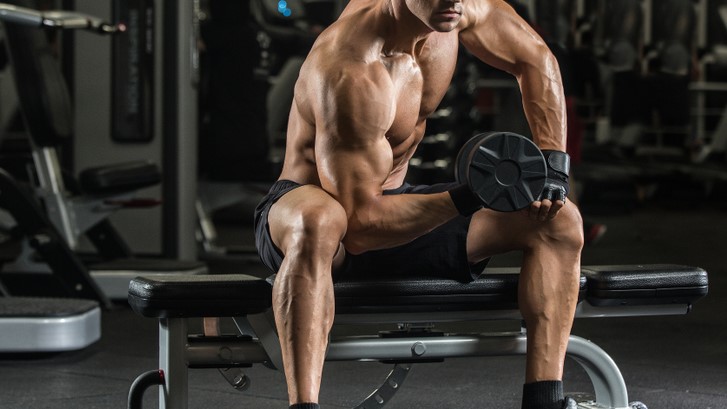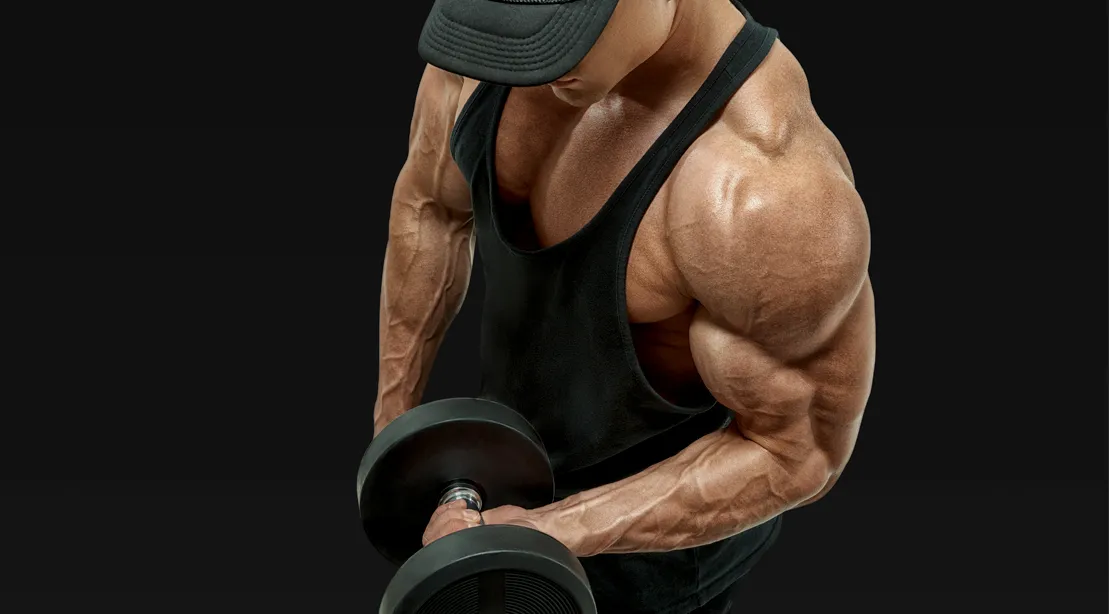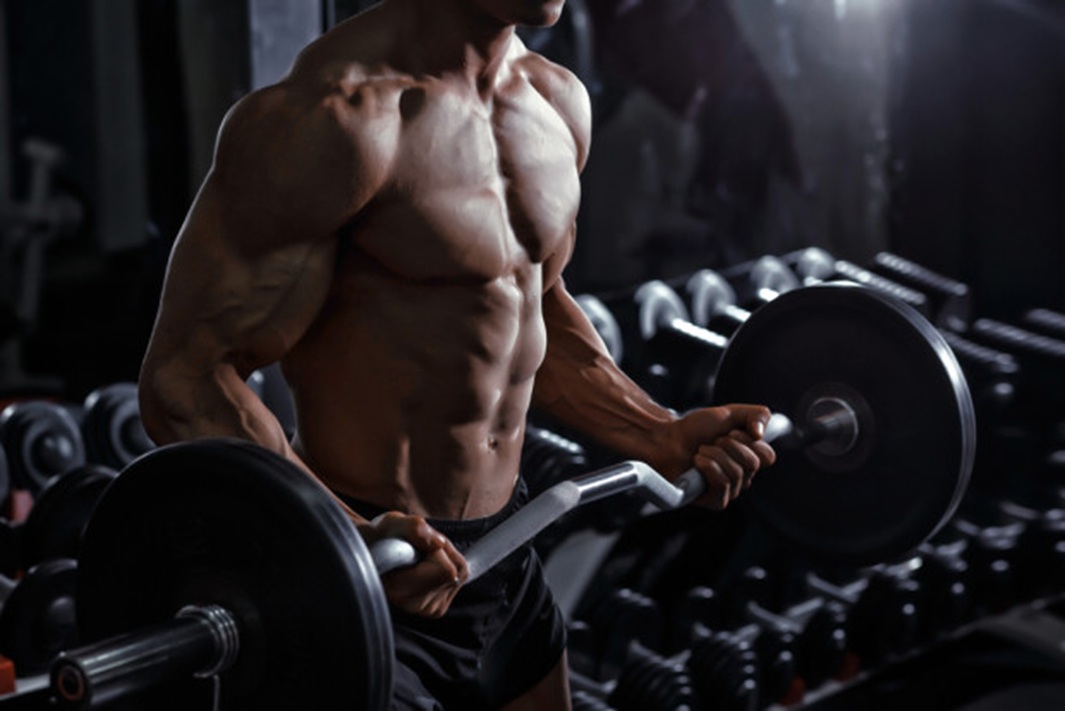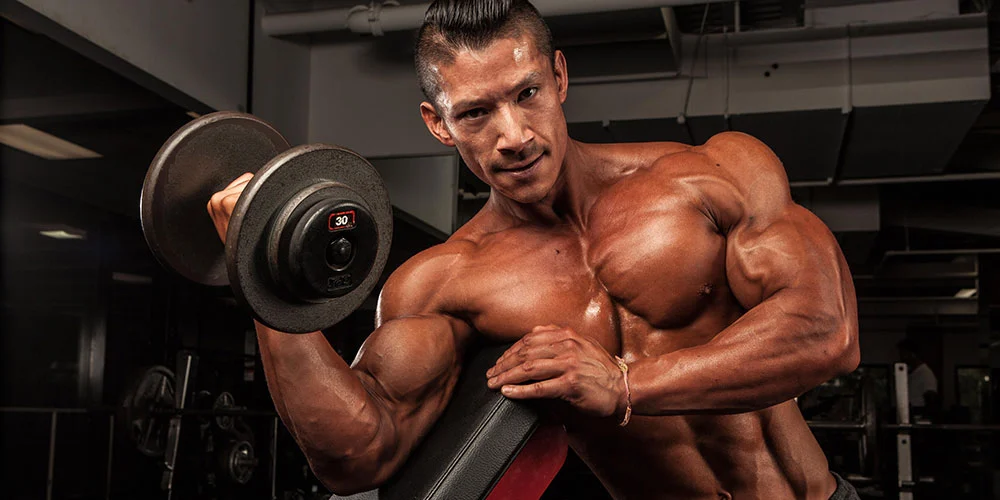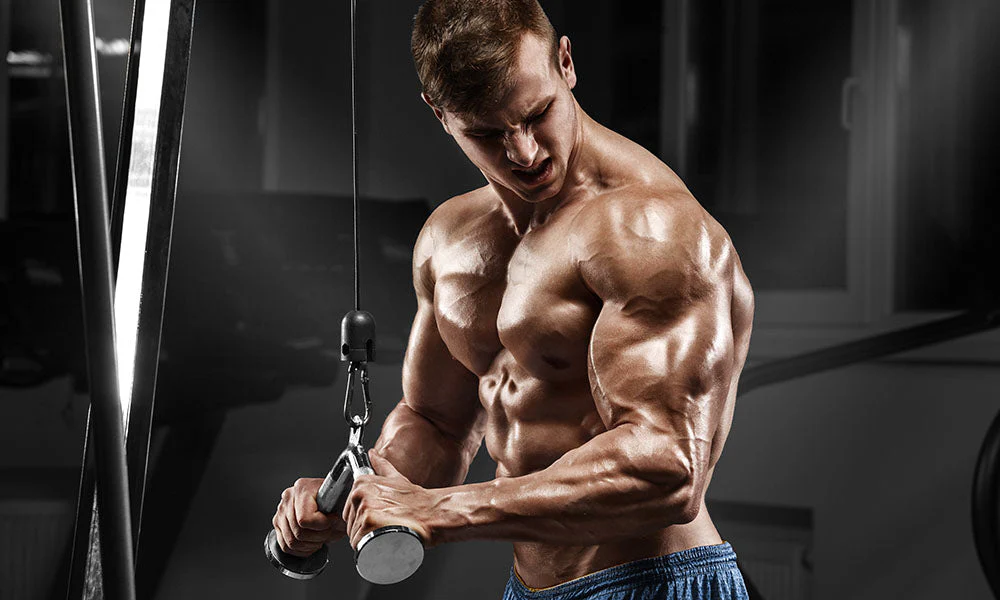Best Biceps Exercises Ranked by Function, EMG, and Real-World Results
When it comes to building eye-catching arms, few muscles get as much attention as the biceps — and for good reason.
Well-developed biceps give the upper body a signature roundness and visual pop that instantly screams strength and symmetry.
But here’s the truth most lifters miss: big biceps don’t come from just curling more weight — they come from curling the right way.
We’ll rank the most effective biceps exercises based on muscle function, EMG activation, and real-world bodybuilding experience.
Whether you’re chasing a bigger peak, thicker arms, or balanced development, you’ll learn exactly which exercises belong in your program — and why.
Biceps Training 101: Anatomy & Function First
If you want to maximize biceps growth, it’s crucial to understand what you’re targeting and how.
The biceps brachii is a two-headed muscle located on the front of your upper arm. Each head serves a slightly different function — and that means certain exercises will target each one more directly.
Two Main Biceps Heads:
- Long Head (Outer Biceps)
- Originates from the shoulder joint
- Creates that iconic “biceps peak”
- Best activated when arms are behind the torso (stretch position)
- Short Head (Inner Biceps)
- Adds thickness and width to the upper arm
- More engaged when arms are in front of the body
Supporting Muscles:
- Brachialis:
- Lies underneath the biceps
- Trained with neutral-grip exercises like hammer curls
- Adds overall thickness and helps “push” the biceps up
- Brachioradialis:
- Forearm muscle that assists in elbow flexion
- Important for strength and aesthetics
Training Tip:
To fully develop the biceps and supporting muscles, you need to use different angles, grips, and contraction styles — not just standard curls.
Top Biceps Exercises Ranked for Size and Function
Let’s break down the best biceps exercises using three key metrics:
- Anatomical function (which part of the muscle they target)
- EMG activation (muscle recruitment measured in studies)
- Practicality and bodybuilding effectiveness
1. Incline Dumbbell Curl
- Primary Target: Long head
- Why It’s #1: Puts arms behind the torso, stretching the biceps through a long range of motion. EMG studies show strong activation, especially in the lengthened position, which is a hypertrophy driver.
- Pro Tip: Control the eccentric (lowering phase) — a slow negative boosts muscle fiber recruitment.
- Ideal Rep Range: 8–12 reps
- Best For: Peak development, long head isolation
2. Barbell Curl (Straight or EZ Bar)
- Primary Target: Overall biceps
- Why It’s Great: Allows heavy loading and bilateral tension. Ideal for progressive overload, which is key for long-term growth.
- Execution Tip: Keep elbows pinned to your sides — no swinging or hip thrusting.
- EZ Bar vs. Straight Bar: EZ bar is easier on the wrists, but straight bar may activate more biceps. Use both interchangeably.
- Rep Range: 6–10 for strength; 10–12 for hypertrophy
- Best For: General size and mass
3. Preacher Curl (EZ Bar or Machine)
- Primary Target: Short head
- Why It’s Excellent: Removes momentum completely and isolates the biceps through a full range, especially the inner portion.
- Ideal Tool for: Drop sets, tempo training, and peak contraction emphasis
- Rep Range: 10–15 reps
- Best For: Adding width and sculpting the inner biceps
Tier 2: High-Impact Variations for Specific Goals
These exercises are staples in advanced programs and can be rotated into any split for well-rounded growth.
4. Cable Rope Curl (Behind-the-Body Setup)
- Primary Target: Long head + peak contraction
- Why It Works: Cable resistance provides constant tension and the behind-body setup shifts focus to the long head.
- Form Tip: Keep elbows back and squeeze hard at the top.
- Rep Range: 12–15
- Best For: Finishing movements and pump sets
5. Hammer Curl (Dumbbells or Rope Attachment)
- Primary Target: Brachialis + brachioradialis
- Why It’s Unique: Neutral grip trains deeper arm muscles and adds thickness from the side view. Also improves grip and forearm strength.
- Rep Range: 8–12
- Pro Tip: Alternate arms for better control and symmetry
- Best For: Adding arm depth and crossover forearm work
6. Concentration Curl
- Primary Target: Peak biceps
- Why It’s a Classic: Isolates one arm at a time, great for correcting imbalances and achieving a tight contraction.
- Form Tip: Rest elbow on inside of knee for strict control
- Rep Range: 12–15 (higher reps = better squeeze)
- Best For: Detail work and mind-muscle connection
Specialty Movements for Variety and Overload
These moves are not your bread-and-butter, but they can be game changers for advanced lifters or to break plateaus.
🔸 Drag Curl
- Target: Long head
- Form Tip: Pull elbows behind you as the bar moves up the torso. Short range but intense peak squeeze.
- Great For: Adding long head tension without shoulder involvement
🔸 Zottman Curl
- Target: Biceps (supination) + forearms (pronation)
- Unique Benefit: Works both the curl and reverse-curl mechanics in one set
- Rep Range: 10–12
- Best For: Arm and grip endurance
🔸 Banded Curls
- Target: Full-range hypertrophy
- Why Use It: Great for at-home training or adding accommodating resistance
- Pro Tip: Pair with traditional curls to finish off a workout
- Best For: Burnouts and high-rep metabolic stress
Sample Biceps Workout: Mass & Shape
Use this workout as a standalone arm session or as part of a full push/pull/legs or bro split.
Total Time: 45–60 min
Goal: Hypertrophy + Balanced Development
- Incline Dumbbell Curl – 4 sets x 10–12 (slow eccentric)
- Barbell Curl – 3 sets x 8 (focus on load and control)
- Cable Rope Curl (behind body) – 3 sets x 12–15 (constant tension)
- Hammer Curl (alternating) – 3 sets x 10 each arm
- Preacher Curl (EZ Bar or Machine) – 2 sets x 20 (high-rep burnout)
Optional Superset Finisher:
- Drag Curl x 12 + Zottman Curl x 12
Pro Tips for Better Biceps Growth
No matter how good the exercises, poor execution will hold back your results. Follow these golden rules:
- Stretch and squeeze every rep: The best exercises hit both ends — full stretch at the bottom and full contraction at the top.
- Elbows stay pinned: If your elbows drift forward or flare, tension shifts away from the biceps.
- Supinate hard: Turn the pinky upward at the top of each curl — it fully activates the biceps.
- Use grip width strategically:
- Wide grip = more long head
- Close grip = more short head
- Chase tension, not ego lifts: It’s not about moving the most weight — it’s about controlling the load through the muscle.
Common Mistakes to Avoid
- Rushing reps — Hypertrophy demands time under tension
- Skipping long head work — Peak comes from behind-body curls
- Only using machines — Cables and dumbbells build better control
- Neglecting brachialis and forearms — Thicker arms come from deeper muscles
- Overtraining with low volume and poor form — Quality beats quantity every time
Final Word: Bigger Biceps Start with Better Strategy
If your biceps aren’t growing, it’s not because you’re not curling — it’s because you’re not curling smart.
Building rounder, fuller biceps requires more than random workouts. You need to hit every head of the muscle, use the right tools at the right time, and progress over time.
That means choosing exercises that match the function of the biceps, applying consistent tension, and staying mindful of your form.
Train with intent. Stretch the muscle. Squeeze with purpose.
Your biceps will follow.
🔗 Related Articles:
- Complete Arm Training Guide
- Best Triceps Exercises for Mass
- Forearm Training That Actually Works
- Why Your Arms Aren’t Growing
- Arm Day Programming That Doesn’t Suck

